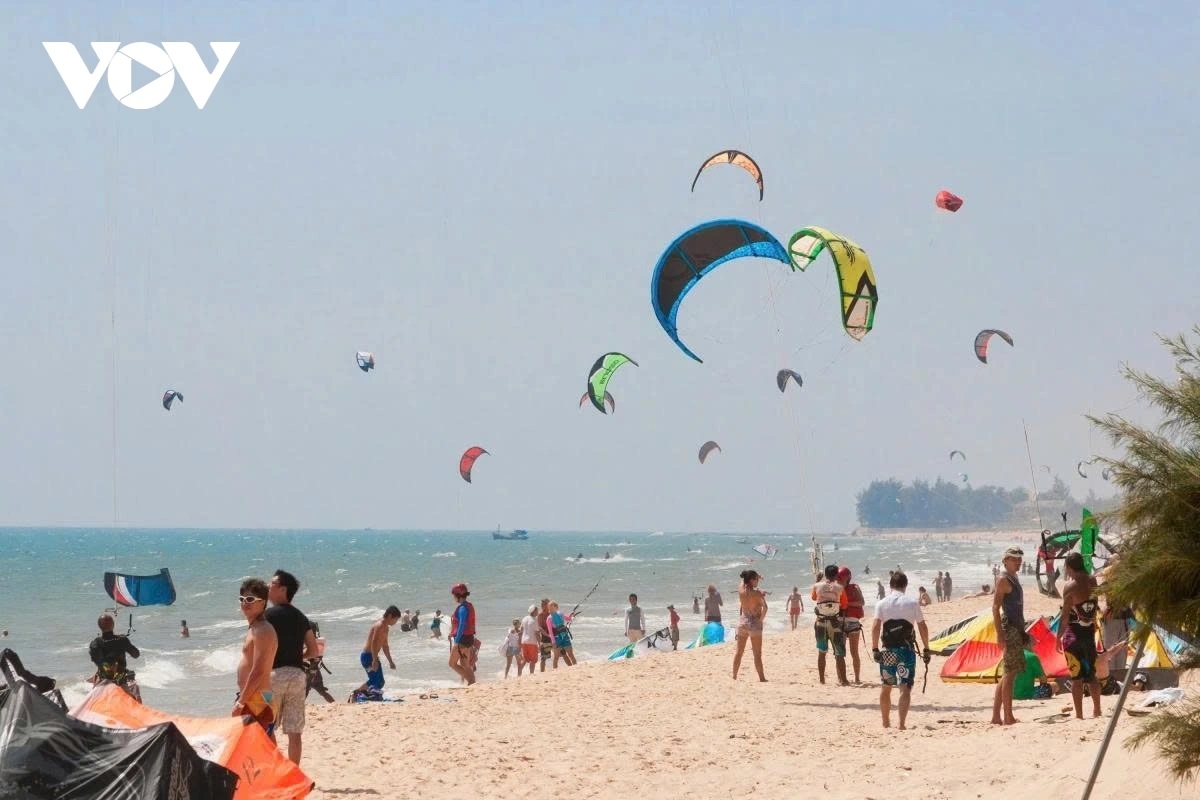National Geographic, one of the world’s leading travel publications, has published an article highlighting Mui Ne in Vietnam as an emerging destination for watersports in Southeast Asia.

Mui Ne emerges as a leading watersports destination in Southeast Asia
In the piece, reporter Daniel Stables wrote that over the past two decades, Mui Ne has transformed from a whale-worshipping fishing village into one of the region’s top watersports capitals.
“Nobody knew about Mui Ne until 1995, when thousands of people came to the beach to watch the total solar eclipse,” said Nguyen Tan Hung, a kitesurfing instructor.
“After that, nothing was the same,” Hung added.
According to National Geographic, eclipse chasers discovered much to enjoy in Mui Ne: white- and red-sand dunes shaded by casuarina trees, golden beaches, and consistent waves. But it was the reliable winds that most attracted kitesurfers. As word spread, Mui Ne became a quieter alternative to more crowded watersports hubs in Thailand and the Philippines.
Tan Hung, who grew up in a fishing family, said he was once a fisherman like his father before the area’s growing watersports scene led him to take up kitesurfing.
“They represent Nam Hai,” he said, referring to the traditional boat eyes seen along the shore. “The whale god.”
Stables noted that Mui Ne’s fisherfolk follow a folk religion predating the arrival of Buddhism in Vietnam. The whalesm, believed to be Bryde’s whales frequenting the coast, are revered as sea gods said to rescue fishermen during storms.
The same winds that once inspired storm-bound prayers are now drawing kitesurfers, windsurfers, sailors, and surfers to Mui Ne. According to the article, the area enjoys about 260 days per year with winds exceeding 12 knots, ideal conditions for watersports.